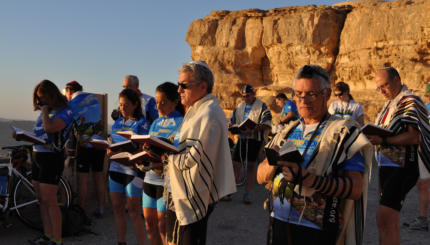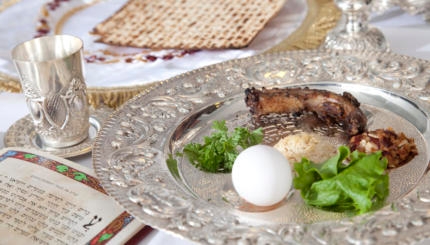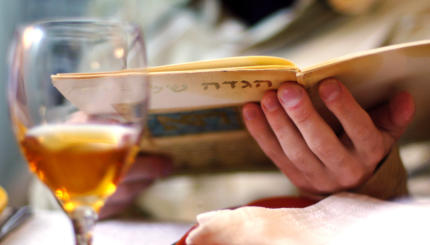Jewish ritual is complicated. Take the most recent ritual we just celebrated, the seder. It has 14 steps, each of which is to be done in a certain order and in a certain way, and it’s easy to get confused. First, we wash our hands without a blessing, but later, we do wash with a blessing. We ask, “Wait, do I eat the maror with the charoset now, or later?” Even more simply, we might ask, “Which line of Dayeinu are we on now?”
I was thinking about the seder as I was reading Atul Gawande’s best-selling book The Checklist Manifesto: How To Get Things Right. Gawande is a surgeon at Brigham and Women’s Hospital in Boston, and so has one of the most complicated jobs in the world. Surgery often is literally a matter of life and death, and as just one example that Gawande notes, one hospital in one year had to deal with more than 900 medical problems, how much is on the line?
He wondered if something as simple as a checklist could help manage challenging and complicated tasks. After all, thinking is hard and takes work. When a crisis happens, we get pulled in many directions, we don’t have time to think, and we can easily overestimate our own abilities. A checklist can make sure we do what we need to do, and do it right.
He had talked with Peter Pronovost of Johns Hopkins Hospital, who shared about his idea to use a checklist to prevent infections when doctors put in central lines, a common but often problem-prone procedure. As Gawande explains, the checklist was shockingly effective:
The results were so dramatic that the [hospital wasn’t] sure whether to believe them: the ten-day line-infection rate went from 11 percent to zero. So they followed patients for fifteen more months. Only two line infections occurred during the entire period. They calculated that, in this one hospital, the checklist had prevented forty-three infections and eight deaths and saved two million dollars in costs. (38-39)
As I read about the amazing success of checklists, I thought about the seder, and Jewish ritual in general. Now, obviously, much less is riding on getting the seder right than in minimizing hospital infections. But in many ways, ritual is a checklist, and offers a helpful structure that we can then build off of.
Jewish ritual has two components, which are often viewed as opposing forces — keva and kavvanah. Keva is the fixed structure that tells us to do this, at this time, in this way. It’s the checklist. Kavvanah is the emotional, spiritual aspect of ritual, but it’s something we sometimes feel and sometimes don’t.
Generally, liberal Jews love kavvanah, but bristle at keva — the equivalent of saying, “I’m spiritual, but not religious.” But in truth, structure can make us more likely to find spirituality. It gives us the language we might not otherwise have. It ensures that we’re giving ourselves many opportunities to feel spiritual. It doesn’t rely on “feeling it when I feel it,” but rather, ensures that we don’t miss those special moments when they arise.
And just like a checklist is not an end unto itself, but a way to make sure we get things right and to free our minds to do really hard thinking, Jewish ritual is not an end unto itself, but a way to find and create more joy, connection and meaning in our lives. Gawande calls the checklist “the bare minimum” needed for a given task, which then gives people freedom to create appropriate responses to the given situation.
So the next time you’re sitting in synagogue wondering how much longer you’re going to be there, or sitting through a seder asking when the food will arrive, try looking for the structure behind the ritual. And see if that checklist can free you up to feel more spiritual when that moment comes.
seder
Pronounced: SAY-der, Origin: Hebrew, literally “order”; usually used to describe the ceremonial meal and telling of the Passover story on the first two nights of Passover. (In Israel, Jews have a seder only on the first night of Passover.)



